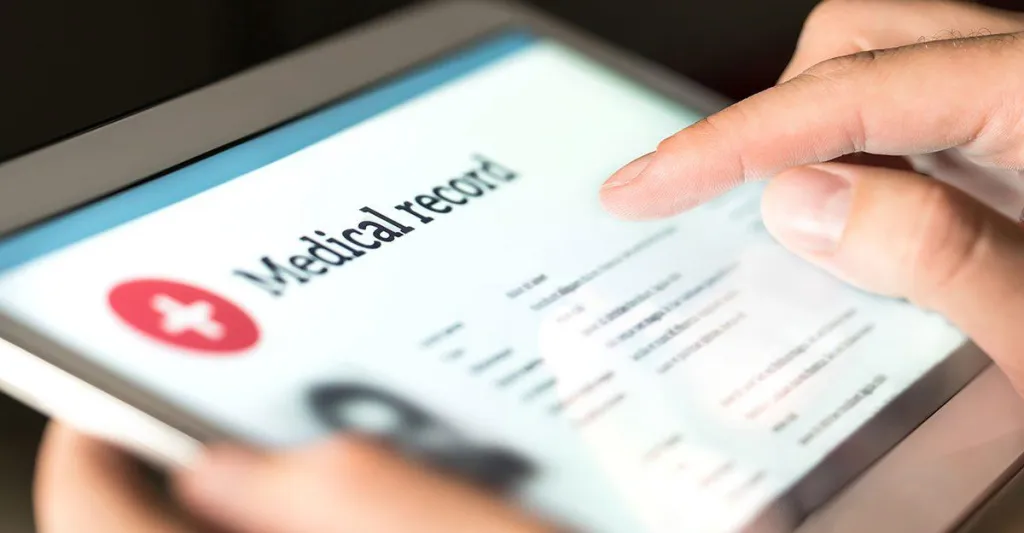An RN claims his nurse manager criticized him for documenting in the medical record that a patient was "combative and noncompliant," after the patient struck the RN and another nurse during discharge.
The RN wonders how he should've documented the incident since the nurse manager didn't provide constructive feedback.
I've written blogs about legal cases that focus on nursing documentation and its importance. For instance, in one blog I explained how one OR nurse's proper documentation helped her defend against allegations of professional negligence. The outcome could've been very different.
Improper or inadequate documentation can weigh heavily against nurses and their employers in legal cases. After all, professional liability lawsuits can be time-consuming, stressful, and costly.
You need to be sure your documentation is beyond reproach. Here are some important general guidelines to follow and compare to your current methods for documenting patient care. Although most healthcare organizations now use electronic medical records (EMR), some medical practices still use paper medical records, so I provide guidelines for both.
Paper medical records
- Write legibly.
- Include the date and time in all entries.
- Use factual entries, not opinions or assumptions. (In the RN's question, documenting "combative and noncompliant" to describe the patient's behavior is not factual. A more factual entry would be, for instance, "Patient states he refuses to wear the back brace ordered by his doctor. Patient also struck me and another nurse staff member (include name) after refusing to put the back brace on at discharge."
- Don't leave any blank spaces in the documentation. When you complete an entry, draw a line though any empty spaces on the fill line.
- Account for every nursing entry you make by signing your name and credentials.
- Use correct spelling, punctuation marks, and grammar.
- Only use abbreviations adopted by the facility and incorporated into facility policy.
- Document patient care and medications as soon as possible, but never document either before they're completed.
- Communications with other healthcare team members and their responses must be documented, dated, and timed-stamped.
- Patient handoffs should include the time of the handoff, the information shared, the condition of the patient, and any other pertinent information and issues.
- Never falsify documentation for any reason.
Electronic medical records
In addition to the above guidelines for paper medical records, additional safeguards for documentation in the EMR include:
- Never share your EMR identification code, name, or password with anyone else.
- Only document where and how you're authorized to do so.
- Use the copy-and-paste function judiciously and according to your facility's policy. (Some policies require documenting in a different font color when copying and pasting.)
- Always do a complete assessment of a patient even if you use a copy-and-paste shortcut or autofill feature in the documentation.
- Don't ignore reminders or alerts about patients.
The nurse's situation emphasizes the importance of regular training on proper documentation and reminding staff of what can happen if they don't follow protocol. Providing quality nursing care and documenting it accurately is every nurse's best defense against professional negligence allegations.
Whether you're actively seeking a new role or assessing your next steps, explore Nurse.com's job marketplace to help match your experience and skills to the best-fitting role. 






